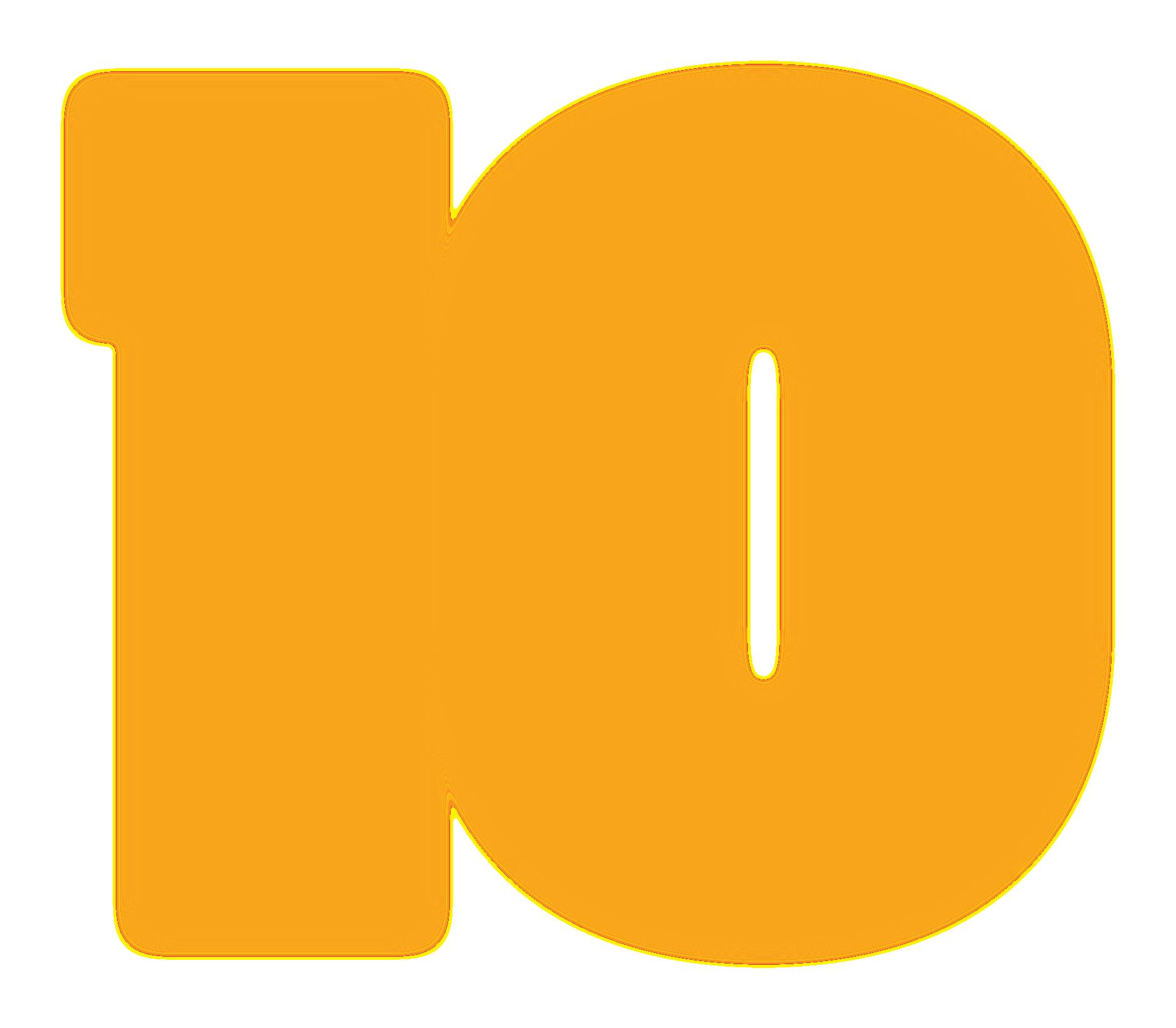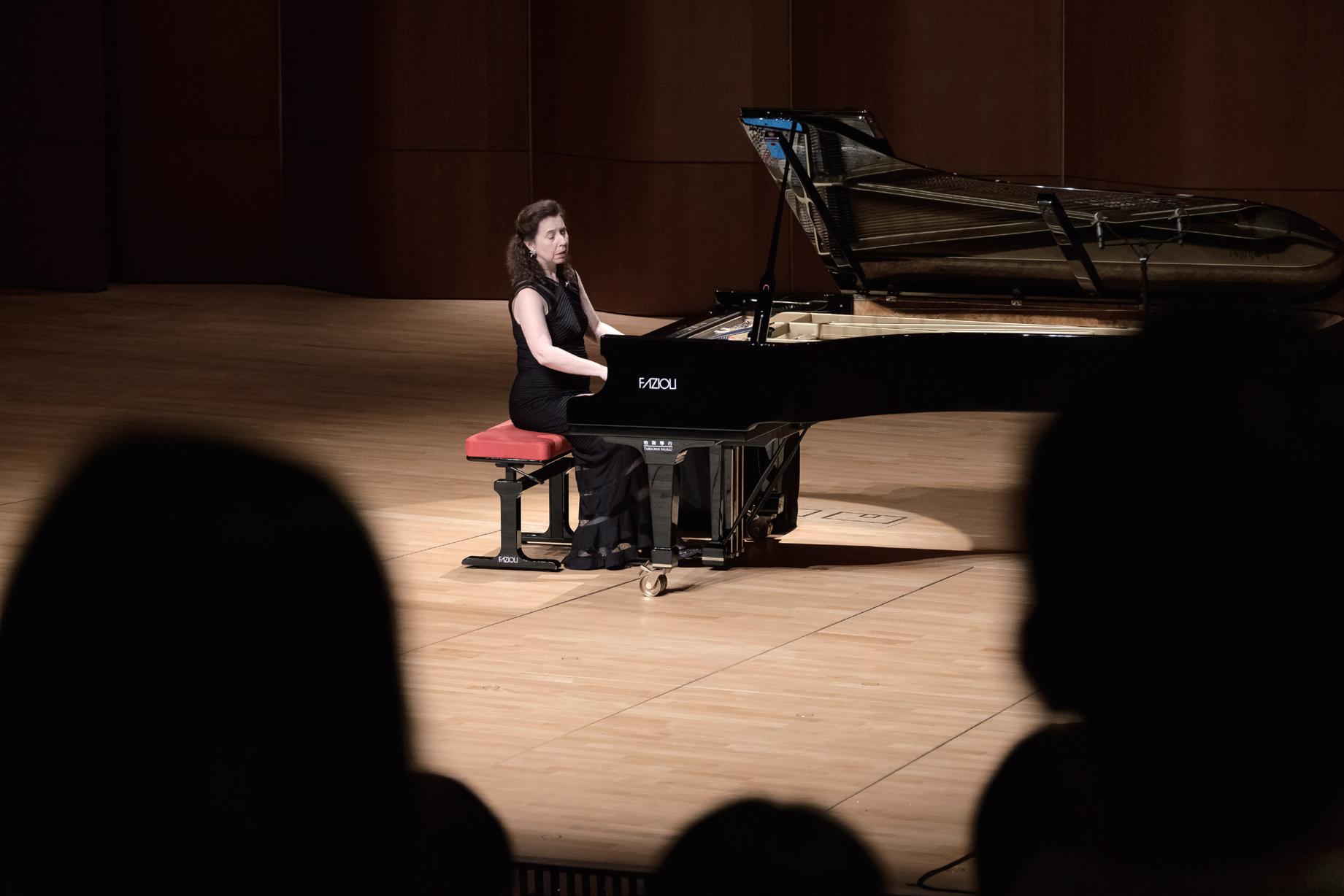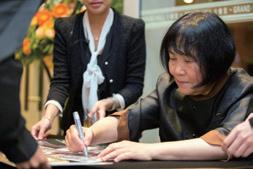
香港大學李兆基會議中心大會堂
Grand Hall, Lee Shau Kee Lecture Centre The University of Hong Kong
Welcome to the Grand Hall



Thank you for coming to this HKU MUSE event. To ensure that everyone enjoys the music, please switch off your mobile phones and any other sound and light emitting devices before the performance. Unauthorised photography and audio/video recordings in the Hall are prohibited. Enjoy the concert and come again.
 PRESENTED BY IN COLLABORATION WITH FOLLOW US
SUPPORTED BY HKU MUSE
PRESENTED BY IN COLLABORATION WITH FOLLOW US
SUPPORTED BY HKU MUSE
11 NOV 2022|FRI|8PM
Grand Hall, The University of Hong Kong Yunchan Lim, piano
BRAHMS Four Ballades, Op. 10 No. 1 in D minor, Andante No. 2 in D major, Andante No. 3 in B minor, Intermezzo. Allegro No. 4 in B major, Andante con moto
MENDELSSOHN Fantasia in F-sharp minor, Op. 28 Con moto agitato Allegro con moto Presto
- INTERMISSION -
LISZT
Deux légendes, S. 175 St. François d’Assise: la prédication aux oiseaux St. François de Paule marchant sur les flots
LISZT Après une lecture du Dante, fantasia quasi sonata, S. 161/7
1
PROGRAMME
Yunc han Lim
In June 2022, Yunchan Lim became the youngest person ever to win gold at the Van Cliburn International Piano Competition; his performances throughout showcased a "magical ability" and a "natural, instinctive quality" (La Scena) that astounded listeners around the world. As Jury Chair Marin Alsop expressed: "Yunchan is that rare artist who brings profound musicality and prodigious technique organically together." The depth of his artistry and connection to listeners also secured him the Audience Award and Best Performance of a new work by Sir Stephen Hough.
Just 18 years old, Yunchan's ascent to international stardom has been meteoric. His audacious Cliburn Semi-final Round performance of Liszt's Transcendental Etudes "created a buzz throughout the international piano community"— his "intelligent virtuosity and total immersion into Liszt's idiom truly defined transcendental" (Gramophone). And his final Cliburn Competition appearance with Rachmaninov's Piano Concerto No. 3 delivered the defining moment of the three-week event; as one critic noted: "The applause that followed was endless: a star had emerged before our eyes" (Seen and Heard International). The video of that performance trended globally on YouTube in the days after, reaching #24, and has now become the most-watched version of that piece on the platform, amassing more than 5.5 million views in just one month.

2
Born in Siheung, Korea, Yunchan Lim began piano lessons at age 7, when it was time to choose an after-school activity; he entered the Music Academy of the Seoul Arts Center the next year and quickly became immersed in his musical studies. He auditioned for and was accepted into the Korea National Institute for the Gifted in Arts at age 13, where he met his teacher and mentor, Minsoo Sohn. Yunchan entered the international music stage a year later, in 2018, winning second prize and the Chopin Special Award in his firstever competition, the Cleveland International Piano Competition for Young Artists. Also that year, he stood out as the youngest participant in the Cooper International Competition, where he won both third prize and the audience prize, and was provided the opportunity to perform with the Cleveland Orchestra. The next year, 2019, brought more accolades, when, at the age of 15, he was the youngest to win Korea's IsangYun International Competition, also taking home two special prizes.
Yunchan has since performed across South Korea—including with the Korean Orchestra Festival, Korea Symphony, Suwon Philharmonic, and Busan Philharmonic Orchestras, among others—as well as in Madrid, at the invitation of the Korea Cultural Center in Spain. He also participated in the recording of "2020 Young Musicians of Korea", organised by the Korean Broadcasting System and released that November. His 2022–2023 inaugural tour as Cliburn winner will take him across four continents, with highlights including the Aspen Music Festival, La Jolla Music Society, and Performing Arts Houston in the United States; Seoul Arts Center, National Concert Hall in Taipei, and the KBS and Korean National Symphony Orchestras in Asia; Wigmore Hall and Fondation Louis Vuitton in Europe; and a recital tour in South America. Also coming soon: the release of his debut studio recording on the Steinway label.
Speaking at a press conference after the Competition, Yunchan said, "I made up my mind that I will live my life only for the sake of music, and I decided that I will give up everything for music... I wanted my music to become deeper, and if that desire reached the audience, I'm satisfied."
He is currently in his second year at the Korea National University of Arts, where he continues to study with Mr. Sohn.
3
BIOGRAPHY
Four Ballades, Op. 10
JOHANNES BRAHMS (1833-1897)
Brahms composed Four Ballades, Op. 10, during the summer of 1854, when he was only 21. Although the ballades were dedicated to his friend Julius Otto Grimm, they were conceived at a distressing time when he grew in his conflicting feelings for both Robert and Clara Schumann. Earlier in the same year Schumann attempted suicide by plunging into the Rhine River—and Brahms took care of Clara and her children while Schumann, then kept in an insane asylum, was separated from his wife. As Brahms suffered from anguish over his dear friend Schumann, his love for Clara also deepened. He wrote to Clara one lonely night in 1855: "I can do nothing but think of you... What have you done to me?"
The four ballades were arranged in two pairs. Each pair was framed in parallel keys: the first two ballades were composed in D minor and D major, whereas No. 3 and No. 4 were written in B minor and B major. The first ballade was inspired by the Scottish poem Edward which appeared in Stimmen der Völker in Liedern [The Voices of the People through their Songs], compiled by the German philosopher Johann Gottfried Herder. Although scholars differ in their views on how the poem relates to the music, certain despair that echoes the tragedy of Edward is readily heard through the opening spacious and sonorous harmonies, set primarily in open fifths and octaves in the dark key of D minor. Edward tells the story of a murder confession in the form of dialogue: Edward's mother questions her son about his bloody sword; Edward confesses, after making up several false accounts, that he has killed his father. He curses his mother, however, while blaming her for his crime.
No. 2 is characterised by sweet serenity, although the central section displays more emotional intensity. Brahms somehow titled No. 3 as Intermezzo and Schumann, perhaps having in mind the recurring thematic gesture that haunts in minor, described this ballade as "demonic". Finally, opening with a lovely melody accompanied by falling broken chords, the last ballade conveys tender sentiments in a somewhat Schumannesque manner. Brahms marks the middle section in F-sharp major with col intimissimo sentimento, ma senza troppo marcare la melodia [with the most intimate feeling but without pointing out too much the melody]. Delicate intimacy and warm lyricism permeate this ballade, seemingly exuding the affection that Brahms might have felt for Clara.
4
Fantasia in F-sharp minor, Op. 28
FELIX MENDELSSOHN (1809-1847)
In The Romantic Generation (1995), Charles Rosen declares Mendelssohn—not Mozart or Chopin—is "the greatest child prodigy the history of Western music has ever known". Although the final manuscript of Fantasia in F-sharp minor, Op. 28 was finished in 1833 and published in 1834, Mendelssohn's letters to his sister suggest the composer might have composed this piece as early as 1828, when he was only 19 years old. This fantasy dedicated to Ignaz Moscheles was then named Sonate écossaise [Scottish Sonata], but Mendelssohn later decided to scrap the title when he published the piece. The earlier title might seem to suggest his trip to Scotland was a source of inspiration, but Mendelssohn did not visit Scotland until 1829, making the connection rather unlikely. Mendelssohn's ‘Scottish’ Symphony and Hebrides Overture, however, were written during his stay in Scotland.
In this fantasy, Mendelssohn plays with the idea of fantasising by not only transforming the theme harmonically and rhythmically but also setting each movement at a faster tempo than the previous one. Opening with harp-like and mysterious arpeggios that rise and fall, the first movement alternates between Con moto agitato and Andante in a melancholic aura while the dramatic climax leads to a passionate return of the main theme. The second movement is a lively scherzo, and the finale in 6/8 metre, thrilling and rigorous, closes the fantasy with an impressive coda consisting of plummeting scales and ringing trills.
During his years in Rome (1861–64), Liszt wrote mostly music in religious themes. In 1863, he composed the Two Franciscan Legends—St. François d'Assise: la predication aux oiseaux [St. Francis of Assisi's sermon to the birds] and St. François de Paule marchant sur les flots [St. Francis of Paola Walking on the Waters], dedicating them to his daughter Cosima, who later married Richard Wagner in 1870. Liszt considered both St. Francis of Assisi and St. Francis of Paola as his two patron saints.
5
Légende,StFrançoisd'Assise:laprédicationauxoiseaux, S. 175/1 Légende,St.FrançoisdePaulemarchantsurlesflots, S. 175/2
FRANZ LISZT (1811–1886)
St. Francis of Assisi was known for his love for birds. According to The Little Flowers of St. Francis, he once preached a spontaneous sermon to some birds that he encountered. The monks who travelled with him also reported that Francis blessed the birds. After Francis had finished his sermon, the birds flew away and scattered in all directions as if they were spreading the good news of God. To narrate this story, Liszt uses abundant trills and tremolos to imitate the singing of birds. Silence signifies the birds' attentiveness as they listened to Francis' teaching.
The legend of St. Francis of Paolo, on the other hand, tells the miracle of Francis walking on water. When Francis sought to cross the Straits of Messina, the ferrymen forbid him to take the ferry because he could not afford the service. Francis, however, was able to walk over the sea with staff after praying to God on his knees in humility. Liszt composed a theme of solemn manner in octaves—and we once again hear a musical imitation of nature: the rising and falling of scales in the bass imitate the swelling of waves, whereas dissonance and chromatic lines depict the danger Francis faced. The piece ends in a glorious triumph in tonic; Alan Walker observes that the coda recalls a passage from a short choral work, An den heiligen Franziskus von Paula [To St. Francis of Paolo], written three years earlier but not yet published then. The words associated with this passage—"O let us preserve Love whole"—echoes Liszt's remembrance of the love of God in the two legends.
AprèsunelectureduDante,fantasiaquasisonata ('Dante' Sonata), S. 161/7 FRANZ LISZT (1811–1886)
"The heavens call to you, and circle about you, displaying to you their eternal splendours, and your eye gazes only to earth." — Dante
Inspired by Dante's epic poem Divine Comedy which journeys through Inferno (Hell), Purgatorio (Purgatory), and Paradiso (Paradise), Liszt composed both a both a two-movement piece titled Fragment after Dante, and the 'Dante' Symphony, premiered in 1839 and 1857 respectively. Liszt even wrote his own commentaries on Divine Comedy; he compared Dante's depiction of Beatrice to his idea of "woman sublime"—contending "a loving woman is sublime", he describes himself as being "terribly disturbed" by the fact that Beatrice was conceived "not as the ideal of love, but as the ideal of learning".
6
Fragment after Dante was the earliest sketch for the one-movement Après une lecture du Dante: fantasia quasi sonata, which we will hear today. It derived from Victor Hugo's work of the same title. Commonly called the 'Dante' Sonata, this "fantasia, almost a sonata" can be found in the second volume of Années de Pèlerinage [Years of Pilgrimage], first published in 1858. 'Dante' Sonata survives in three full manuscripts and four fragments; David Trippett suggests this sonata "interweaves hours and hours of improvisation with a gradual process of revision on a more abstracted, conceptual level". Trained by Czerny in the practice of Phantasieren, Liszt, as heard in this sonata, blurs the boundaries of composition, improvisation, and performance. 'Dante' Sonata is built on two main themes: the first is a chromatic theme in D minor (also the key of the 'Dante' Symphony) which depicts the suffering souls in Hell; the second is a theme in F-sharp major, the same key Liszt employed in "Benediction of God in Solitude" in Harmonies poétiques et religieuses. The sonata opens with the use of tritone which recurs throughout the piece; known historically as "the devil's interval" or, in Latin, diabolus in musica, the tritone in its continuous appearance reminds listeners of the damning threat of Inferno.
In 1847, Liszt made a reference to Divine Comedy's opening line when he spoke of his artistic breakthrough to his then new patron, the Grand Duke Carl Alexander: "The time has come for me (Nel mezzo del cammin di nostra vita—thirty-five years old!) to break out of my virtuoso's chrysalis and allow my thought unfettered flight." In 'Dante' Sonata, one indeed hears the flight of imagination—a defining mark of Phantasieren—reaching a new height and depth in Liszt's hands.
notes by Keri Hui PhD in Musicology
The University of Hong Kong and Kings College London
7
Programme
PROGRAMME NOTES










































www.muse.hku.hk




 PRESENTED BY IN COLLABORATION WITH FOLLOW US
SUPPORTED BY HKU MUSE
PRESENTED BY IN COLLABORATION WITH FOLLOW US
SUPPORTED BY HKU MUSE




































